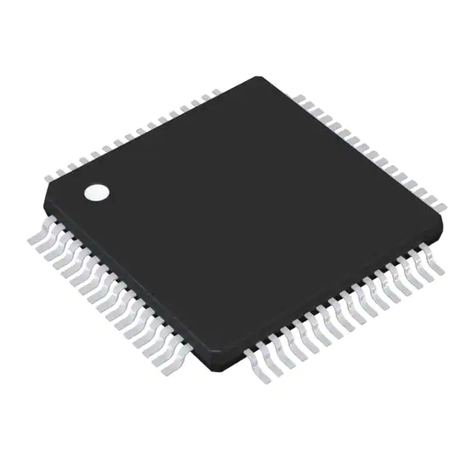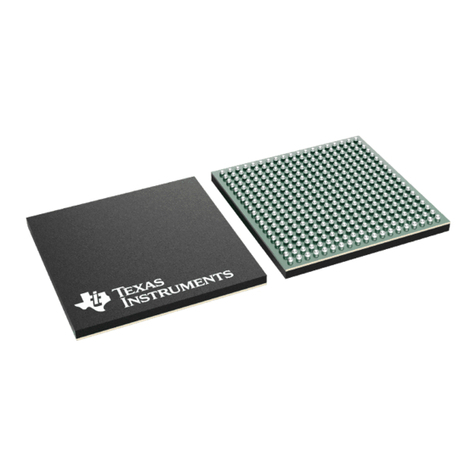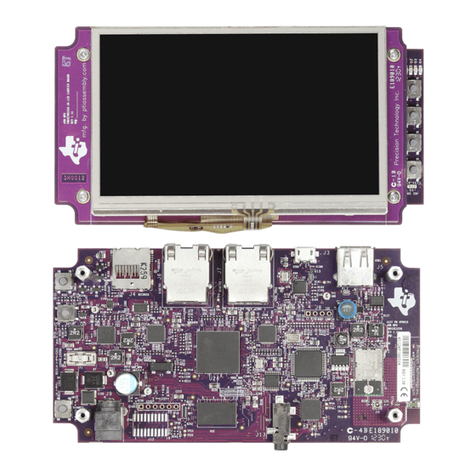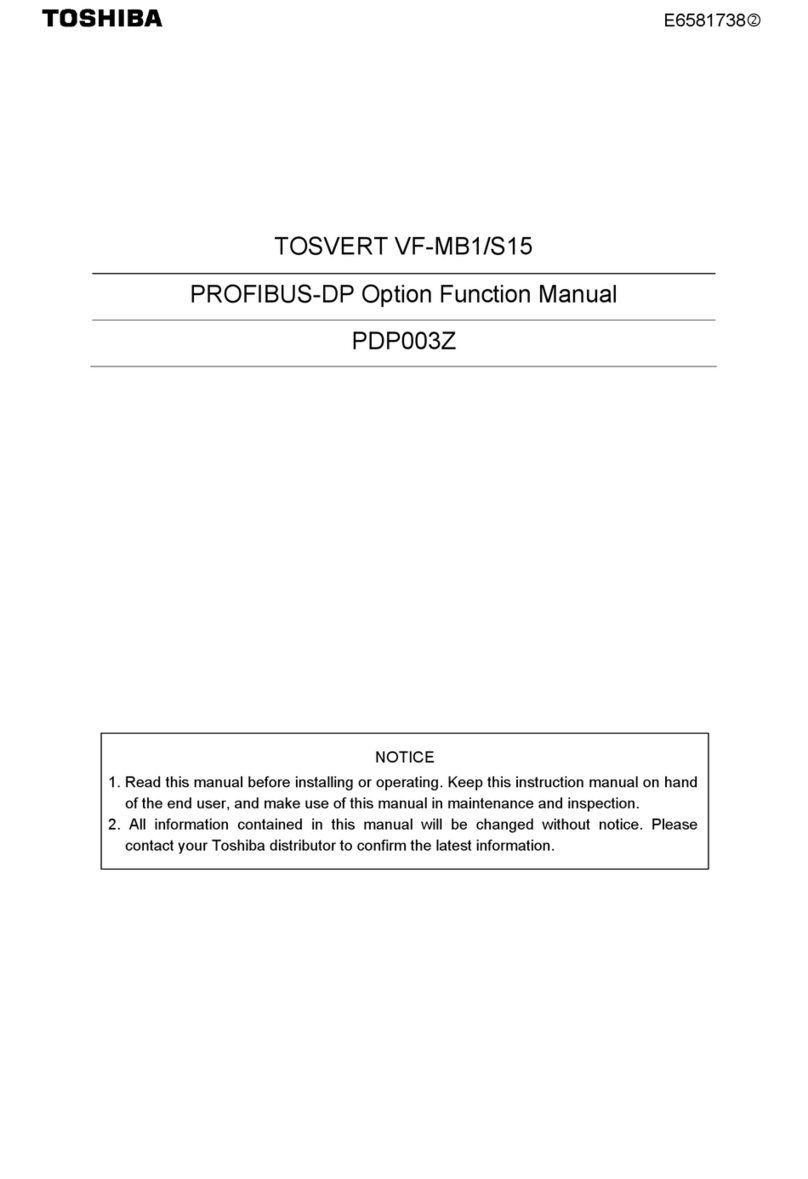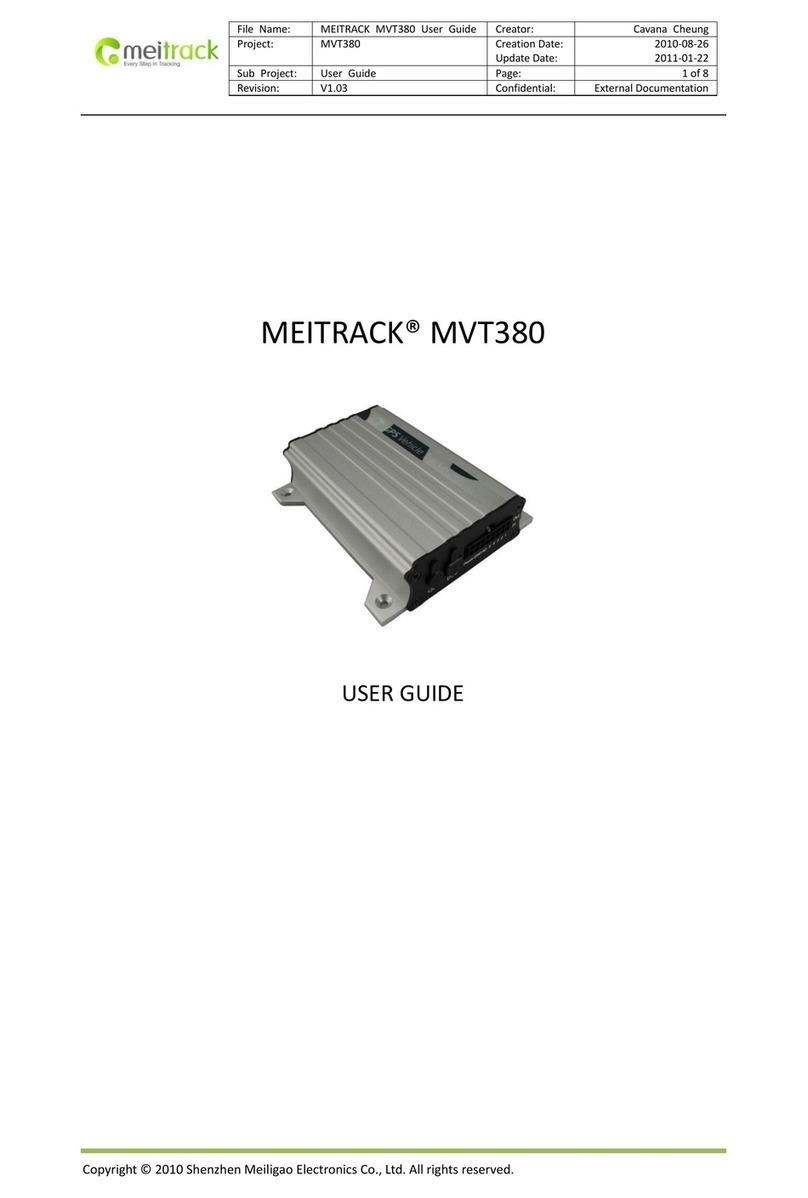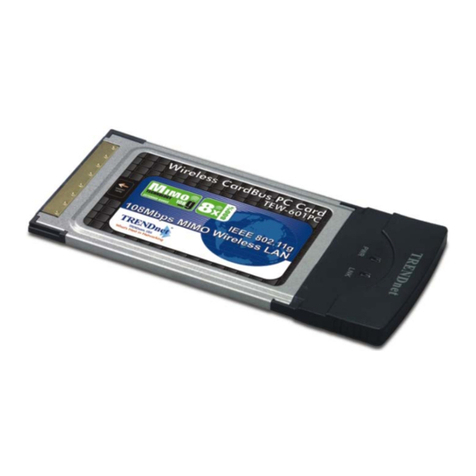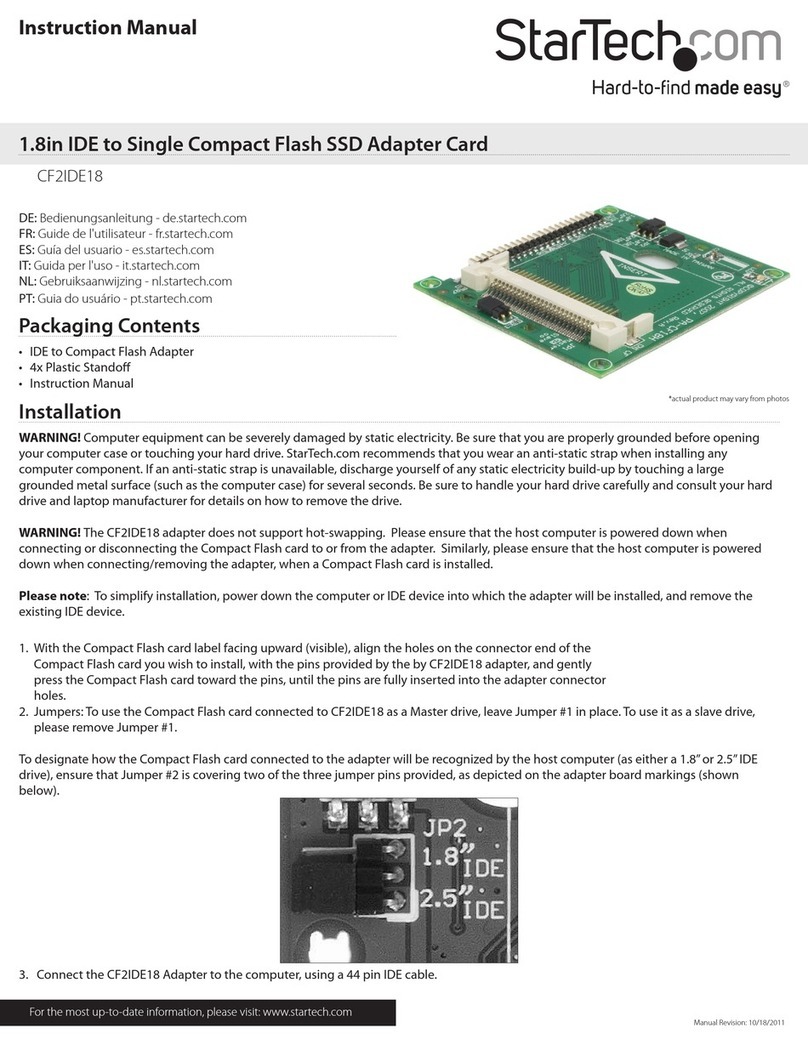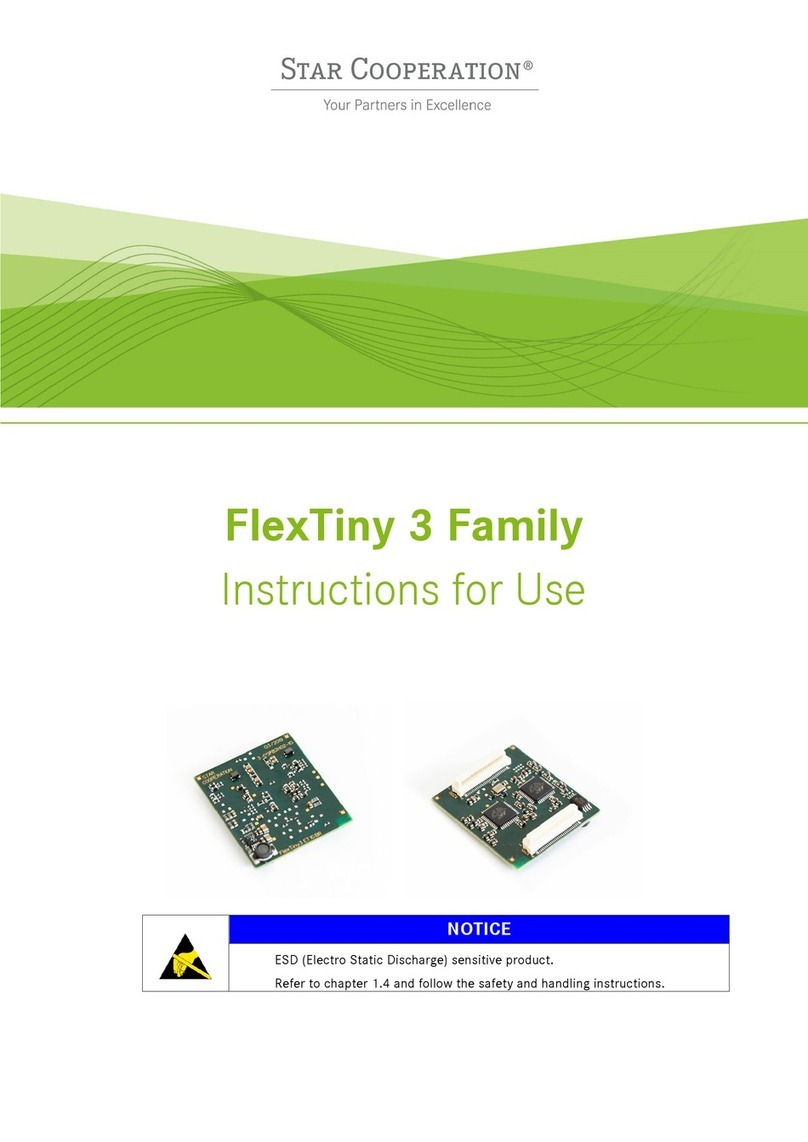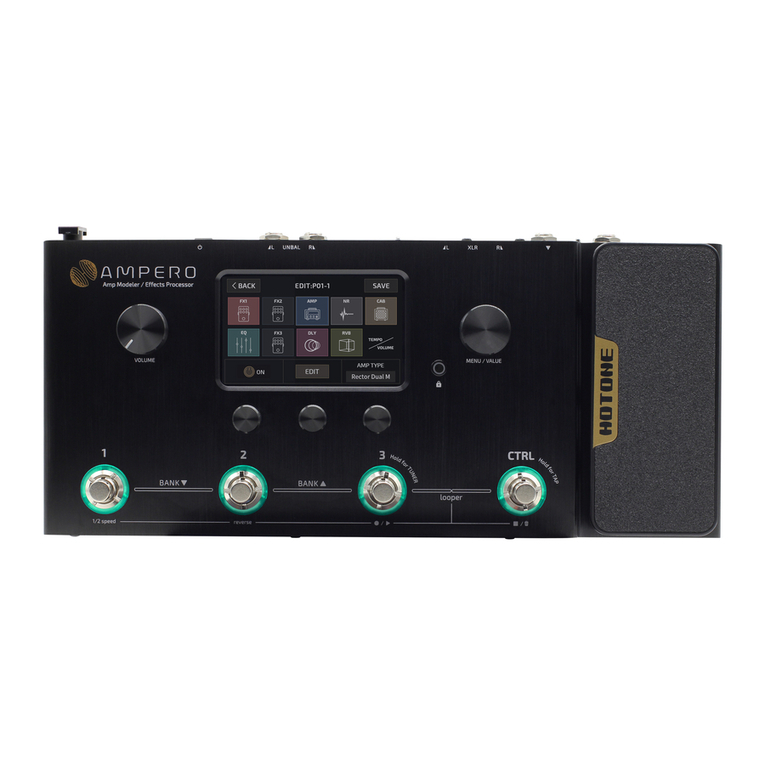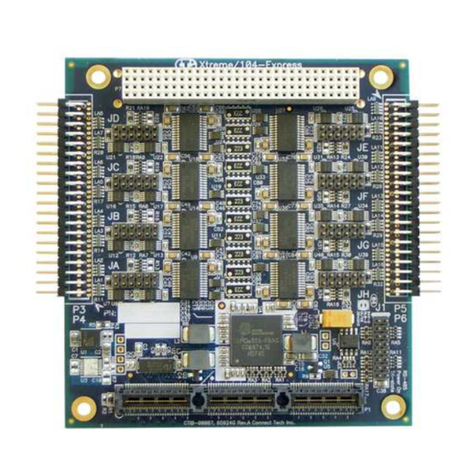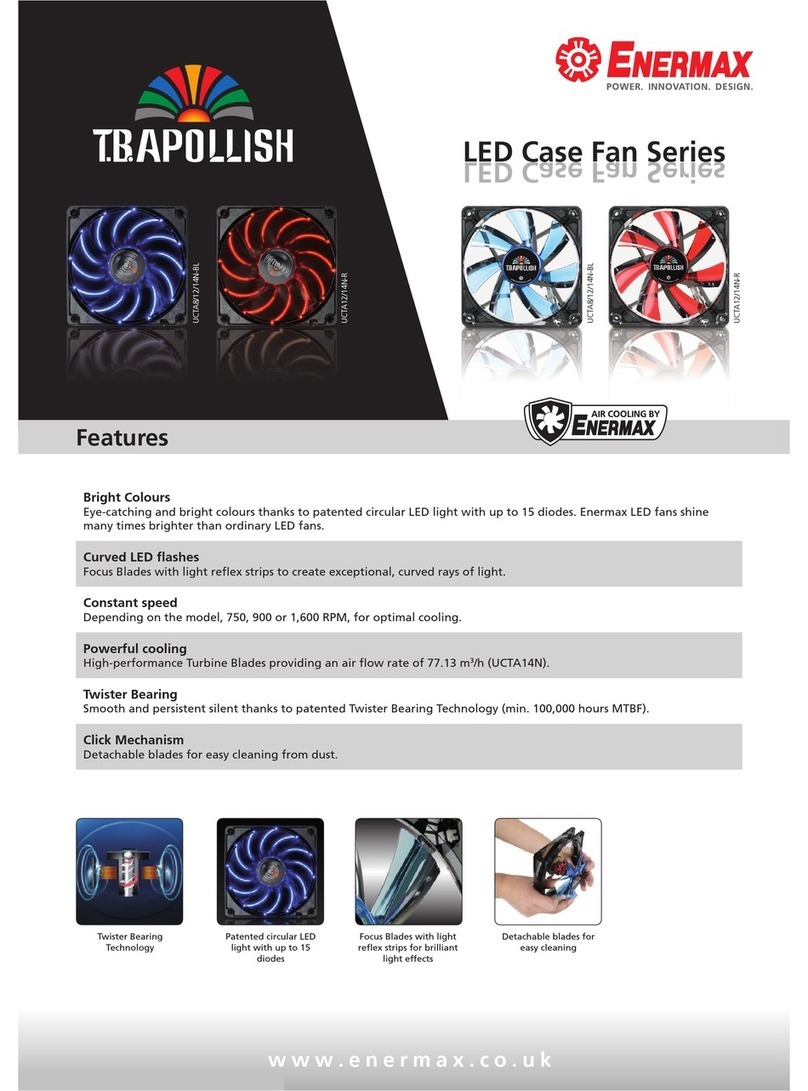Texas Instruments DRV603EVM User manual
Other Texas Instruments Computer Hardware manuals
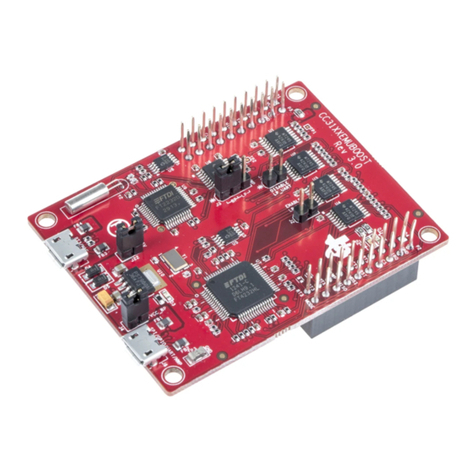
Texas Instruments
Texas Instruments CC3100 SimpleLink User manual
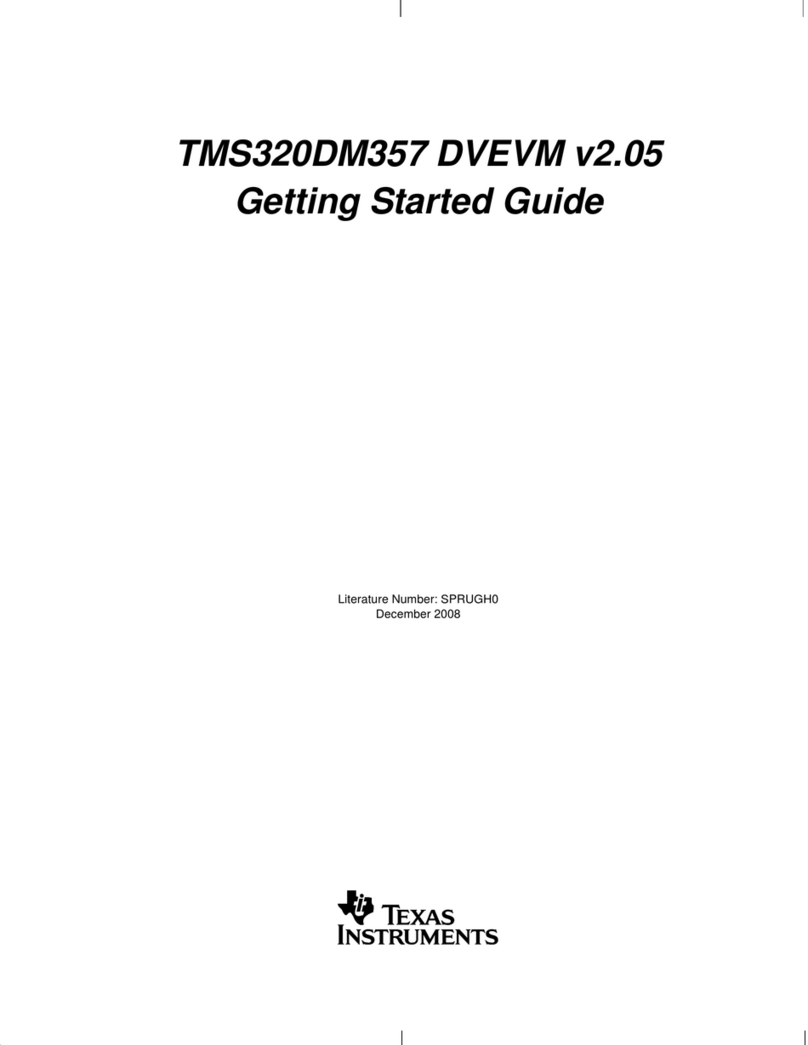
Texas Instruments
Texas Instruments TMS320DM357 User manual
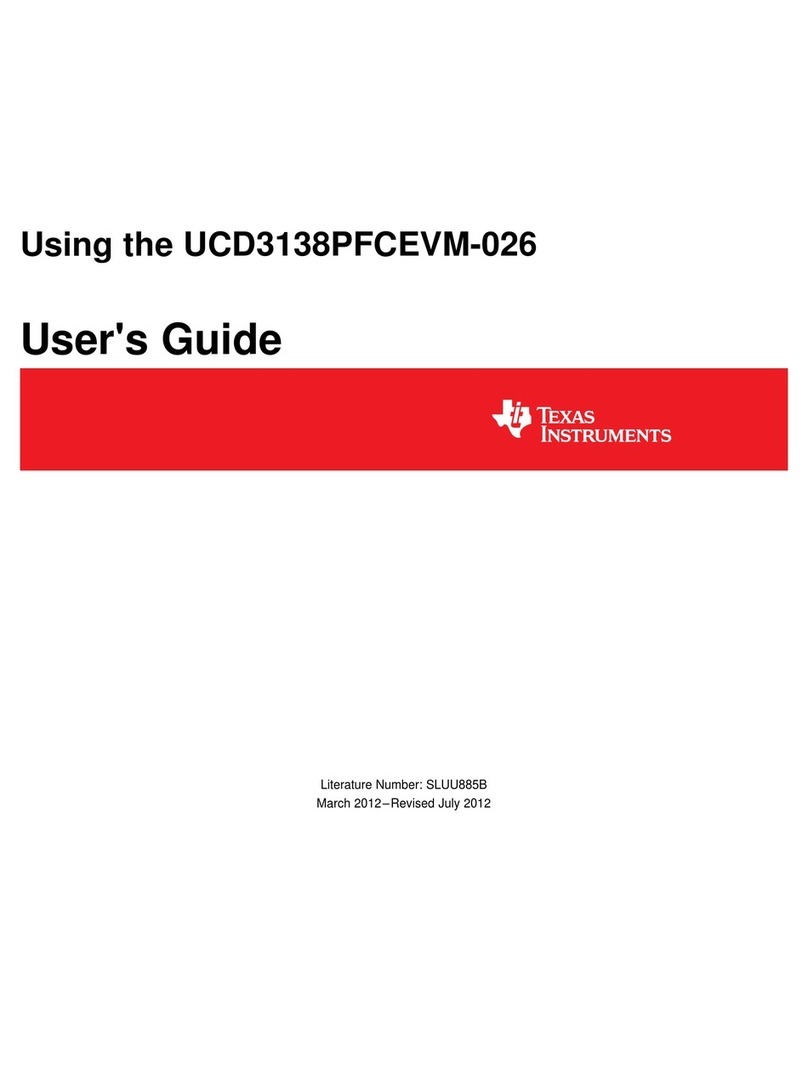
Texas Instruments
Texas Instruments UCD3138PFCEVM-026 User manual
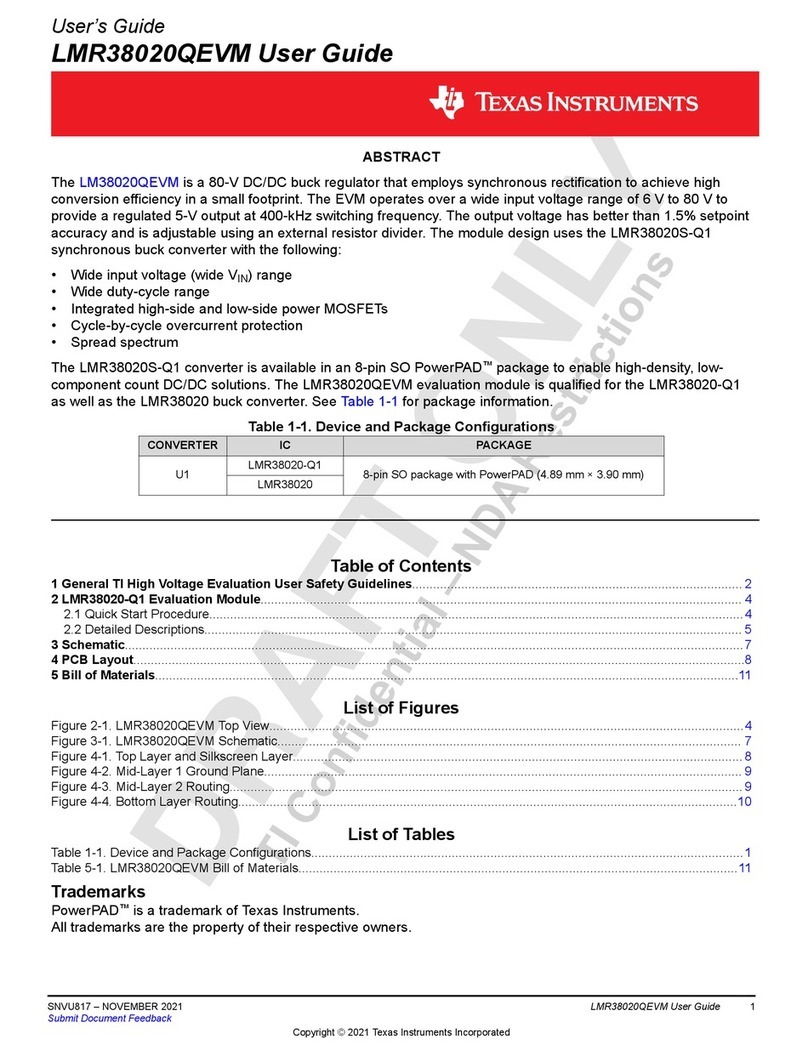
Texas Instruments
Texas Instruments LM38020QEVM User manual
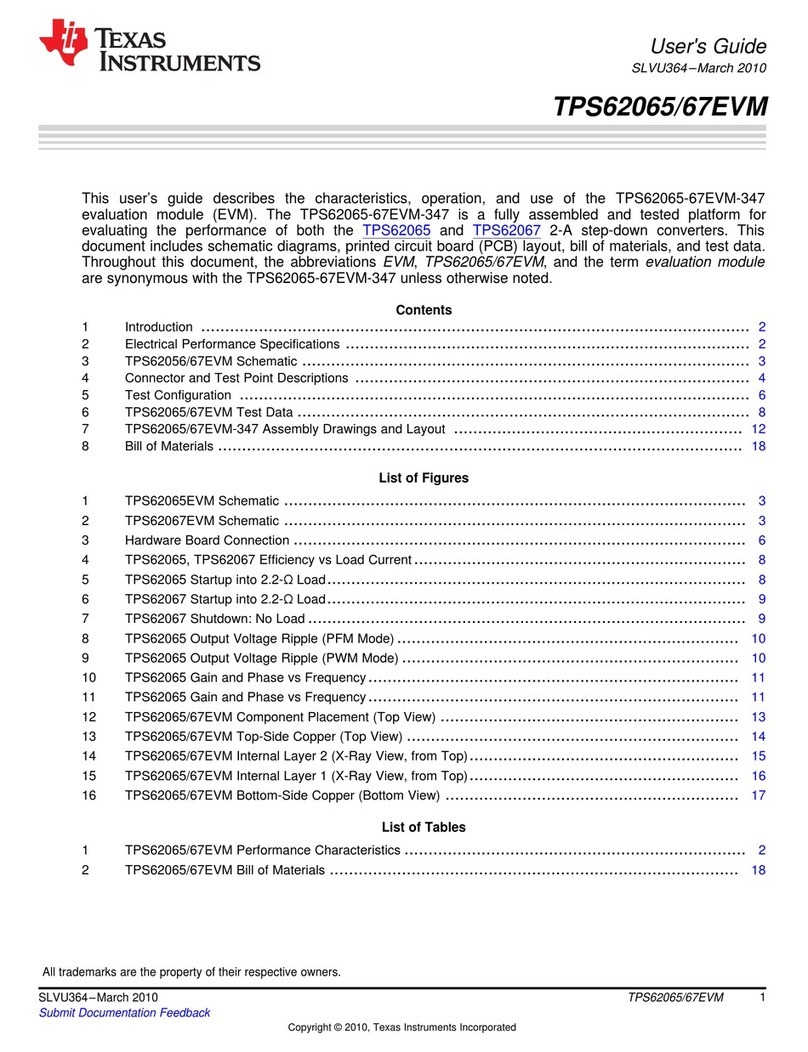
Texas Instruments
Texas Instruments TPS62065 User manual
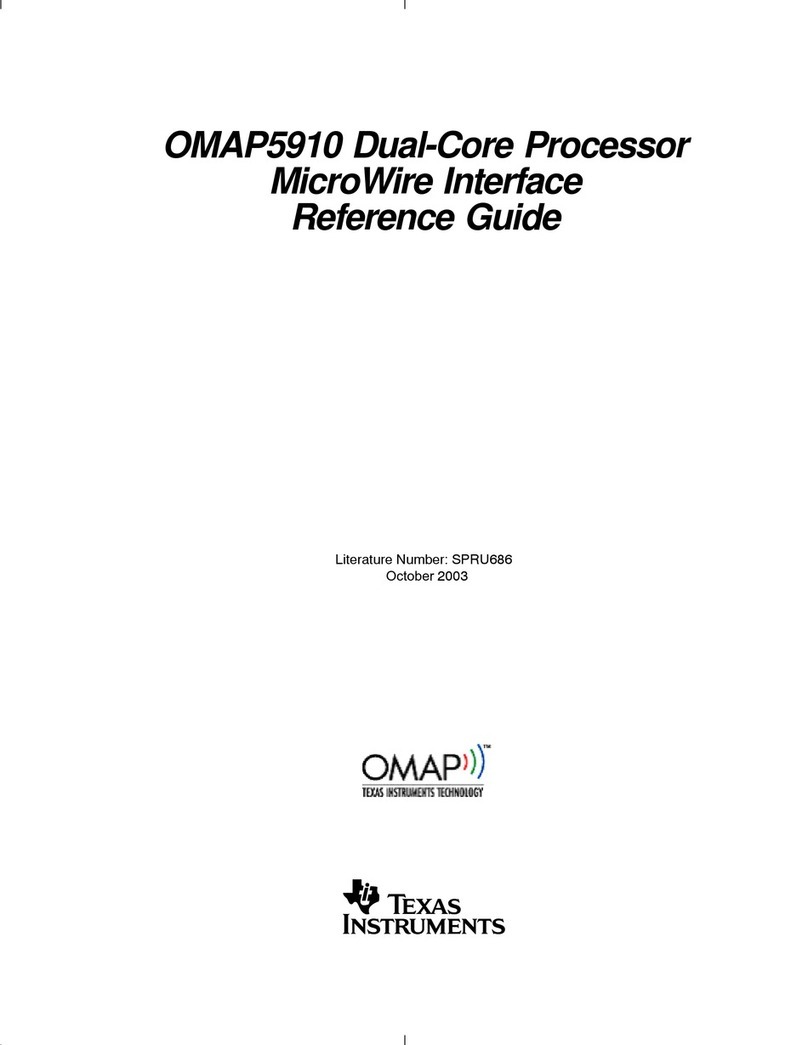
Texas Instruments
Texas Instruments OMAP5910 User manual
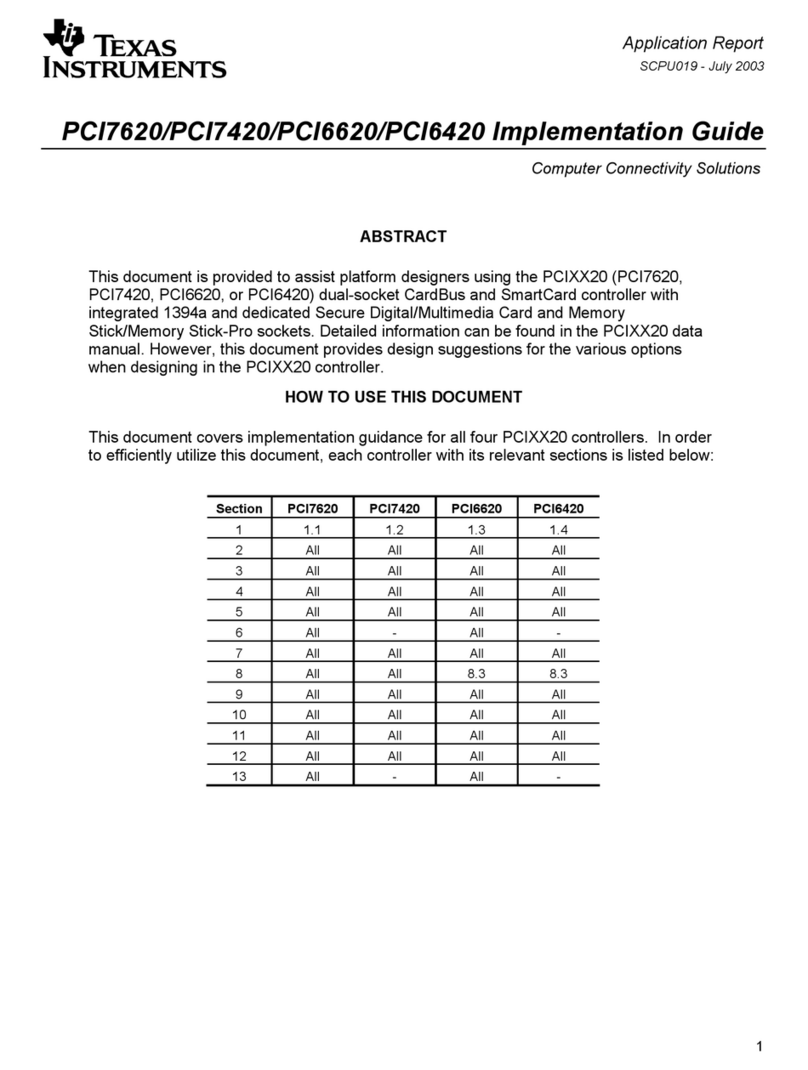
Texas Instruments
Texas Instruments PCI7620 User manual
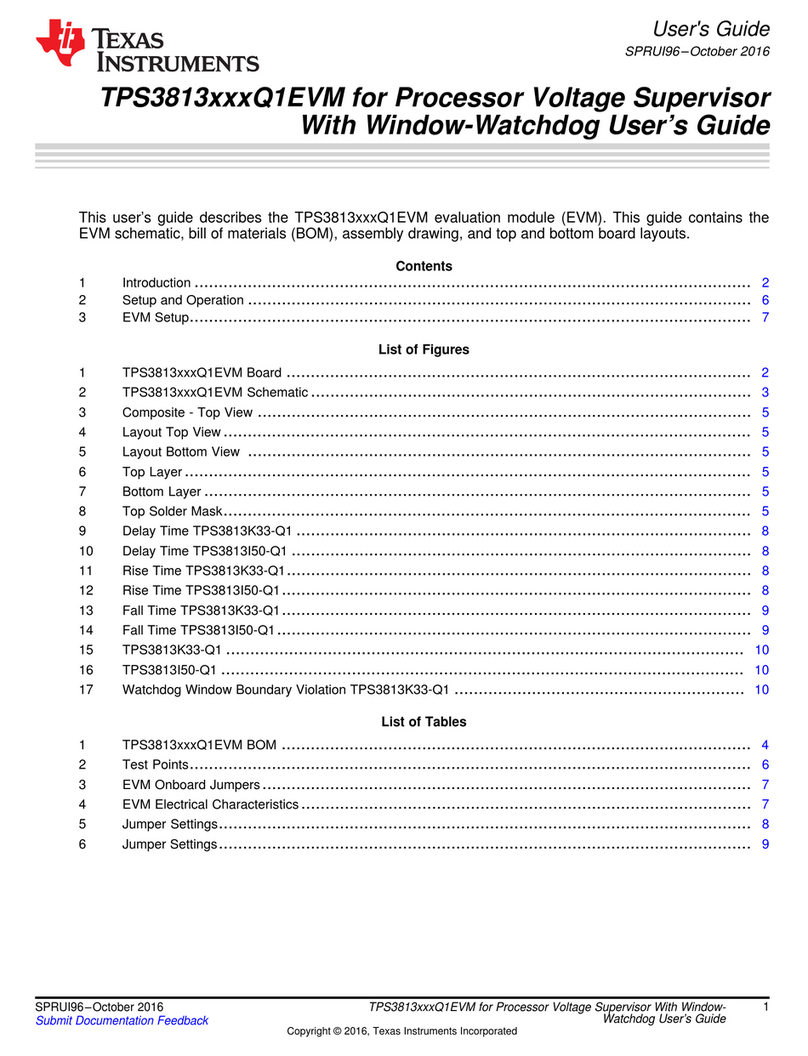
Texas Instruments
Texas Instruments TPS3813 Q1EVM Series User manual
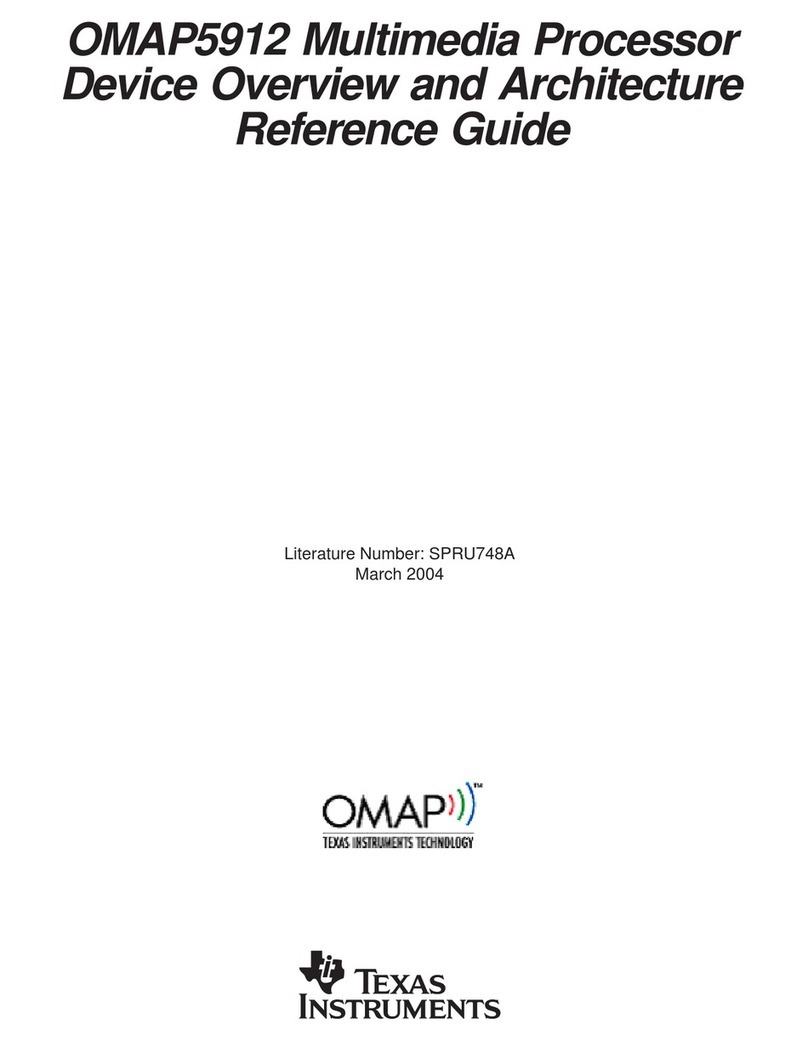
Texas Instruments
Texas Instruments OMAP5912 User manual
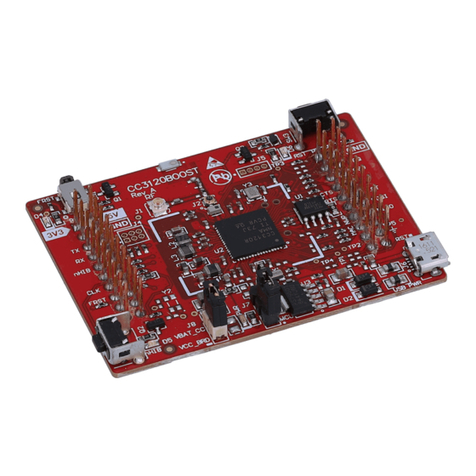
Texas Instruments
Texas Instruments SimpleLink Wi-Fi BoosterPack CC3120 Manual
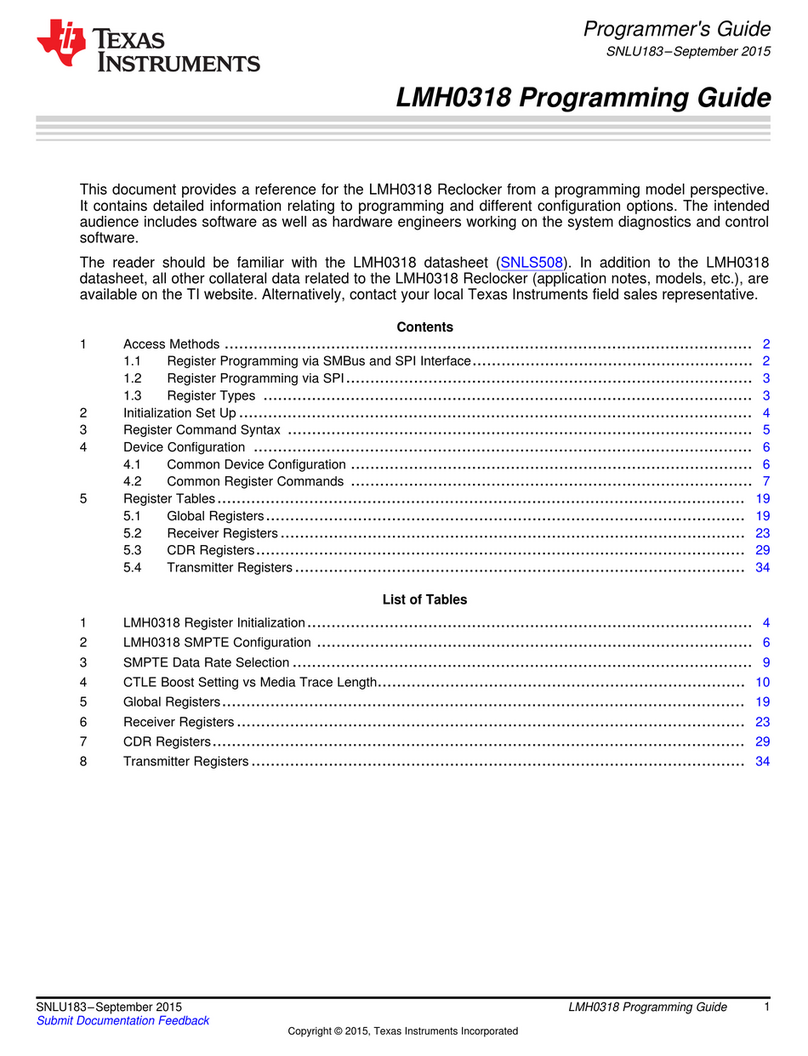
Texas Instruments
Texas Instruments LMH0318 Manual
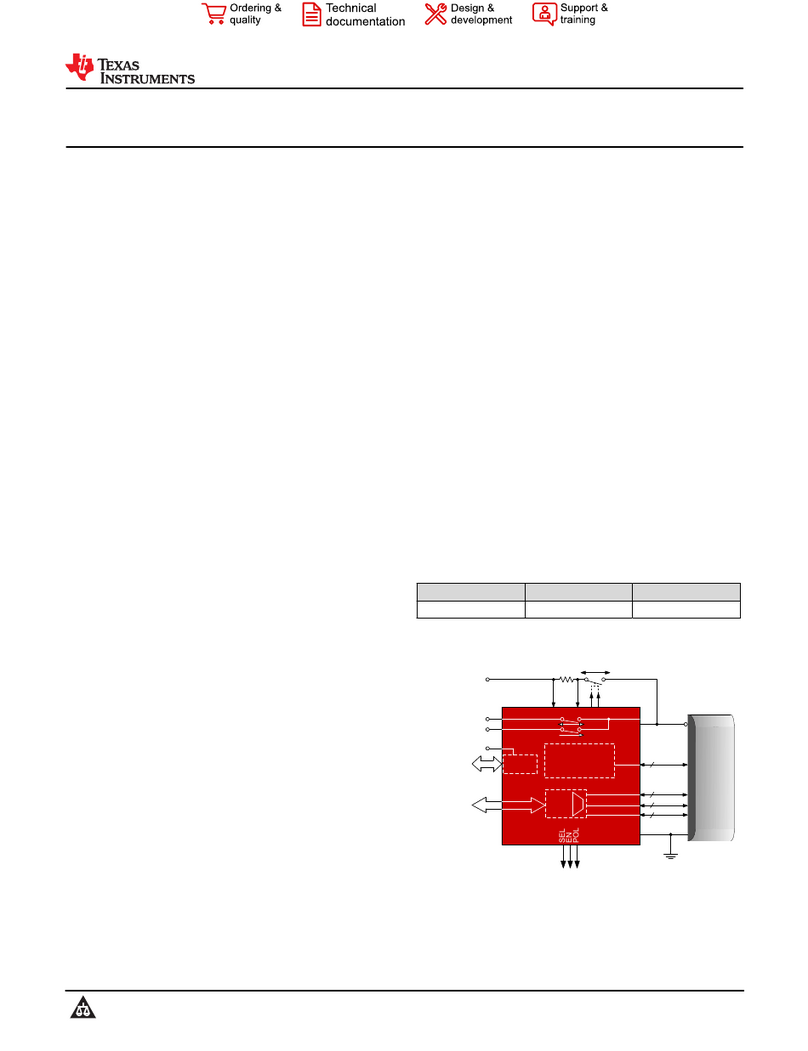
Texas Instruments
Texas Instruments TPS65981EVM User manual
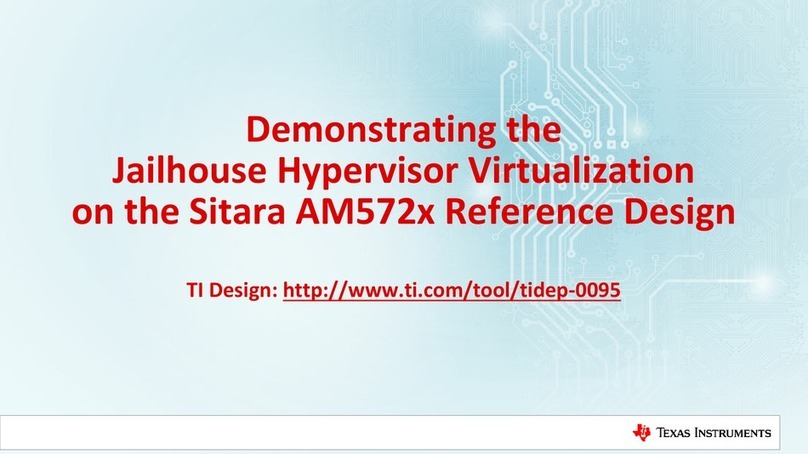
Texas Instruments
Texas Instruments tideP-0095 Guide

Texas Instruments
Texas Instruments XDS510 User manual
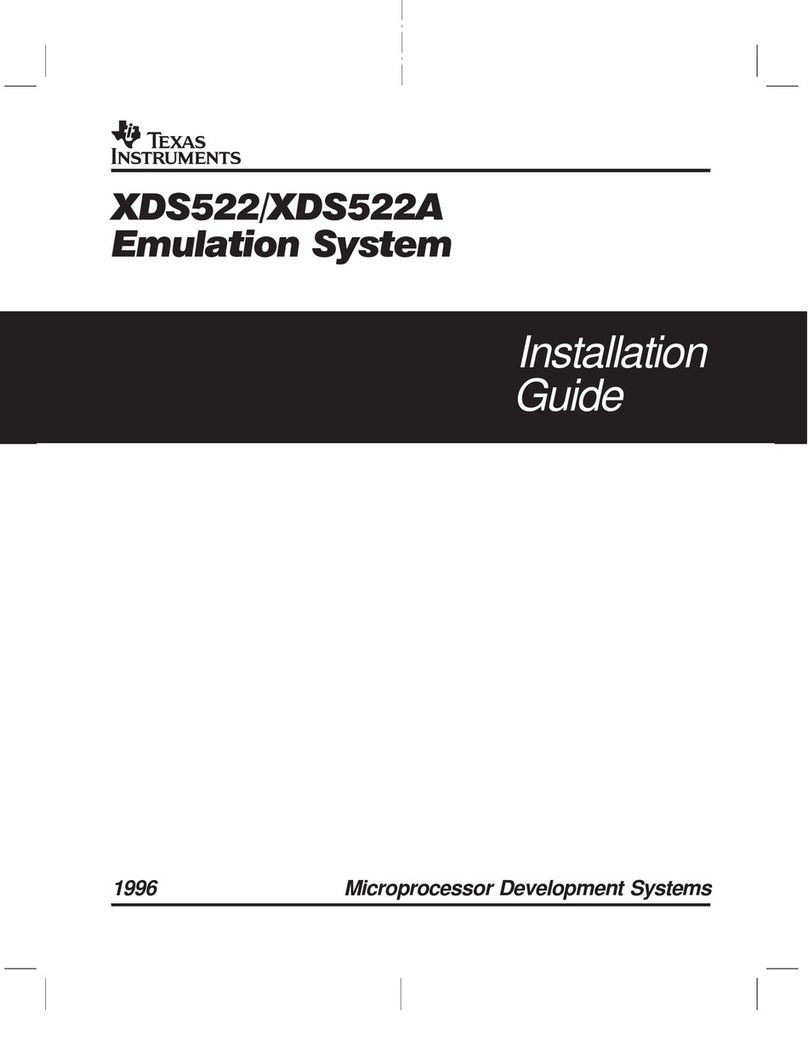
Texas Instruments
Texas Instruments XDS522 User manual
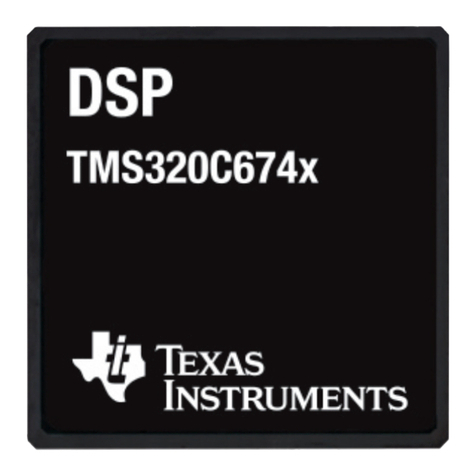
Texas Instruments
Texas Instruments TPS65910 EVM User manual
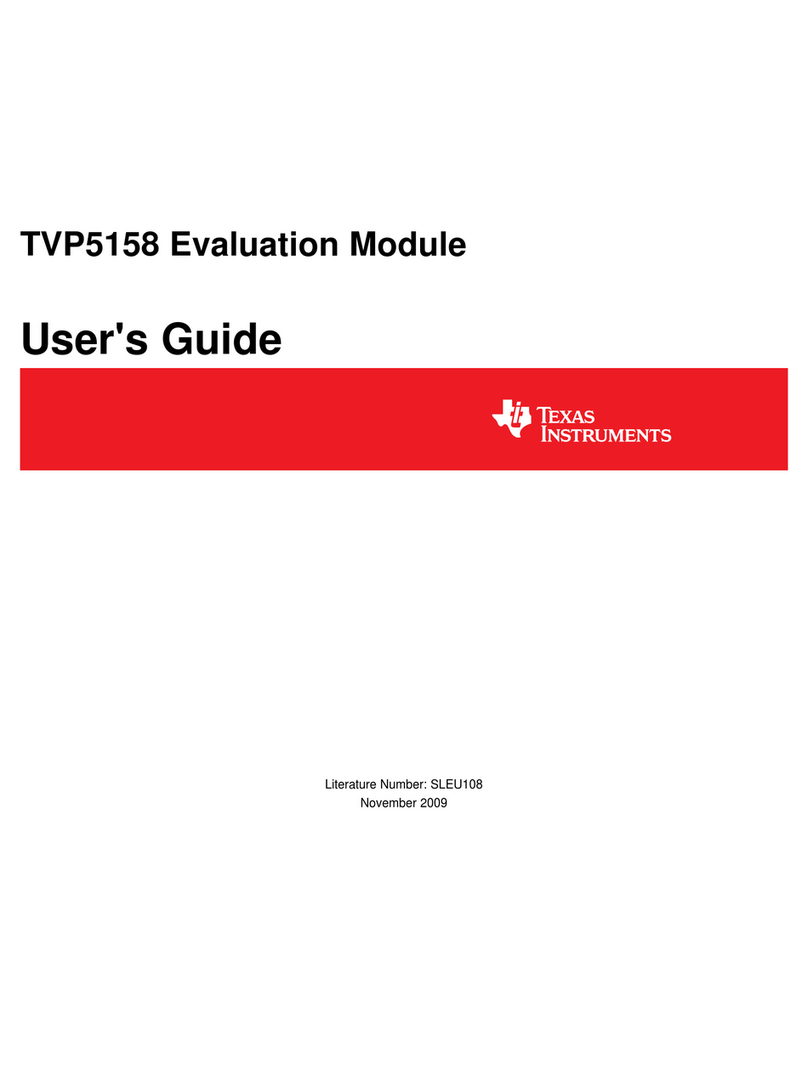
Texas Instruments
Texas Instruments TVP5158 User manual
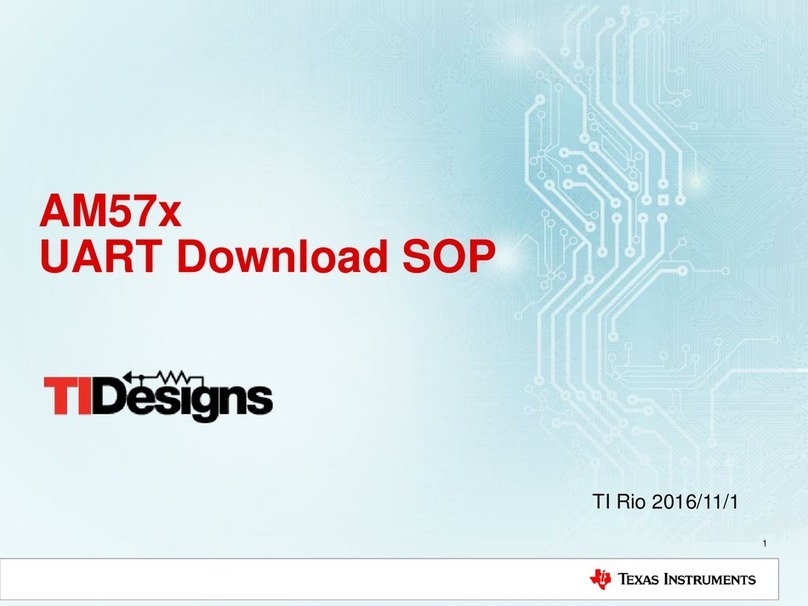
Texas Instruments
Texas Instruments AM57 Series User manual
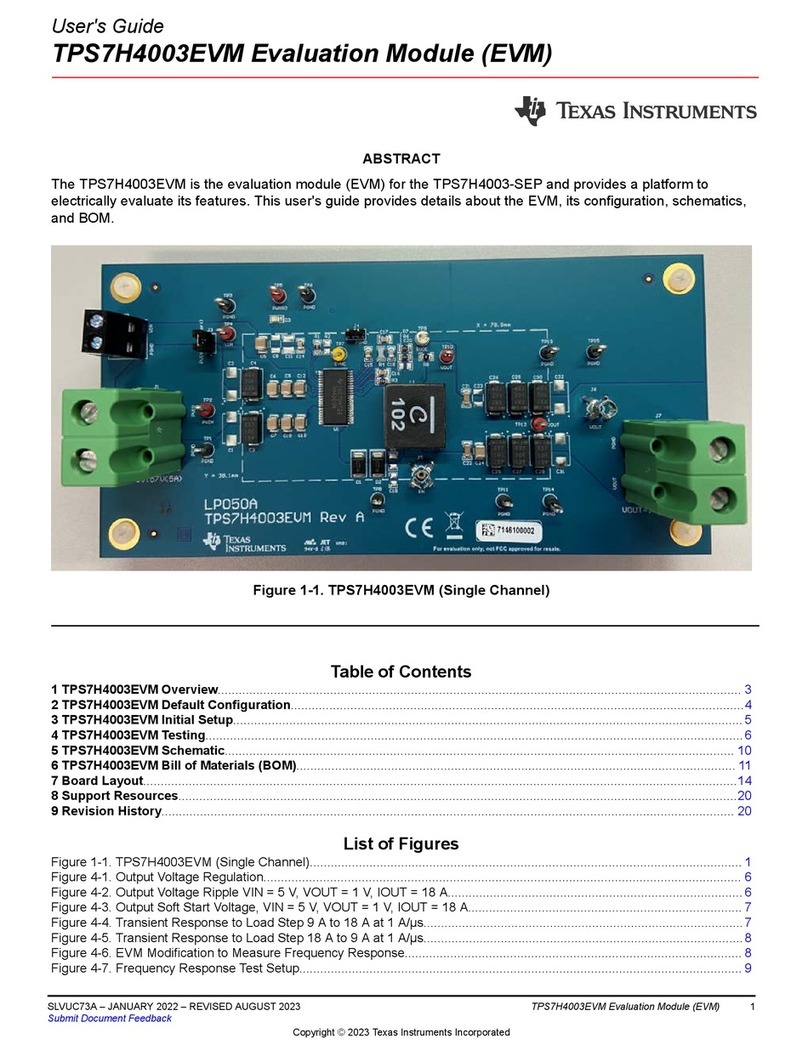
Texas Instruments
Texas Instruments TPS7H4003EVM User manual
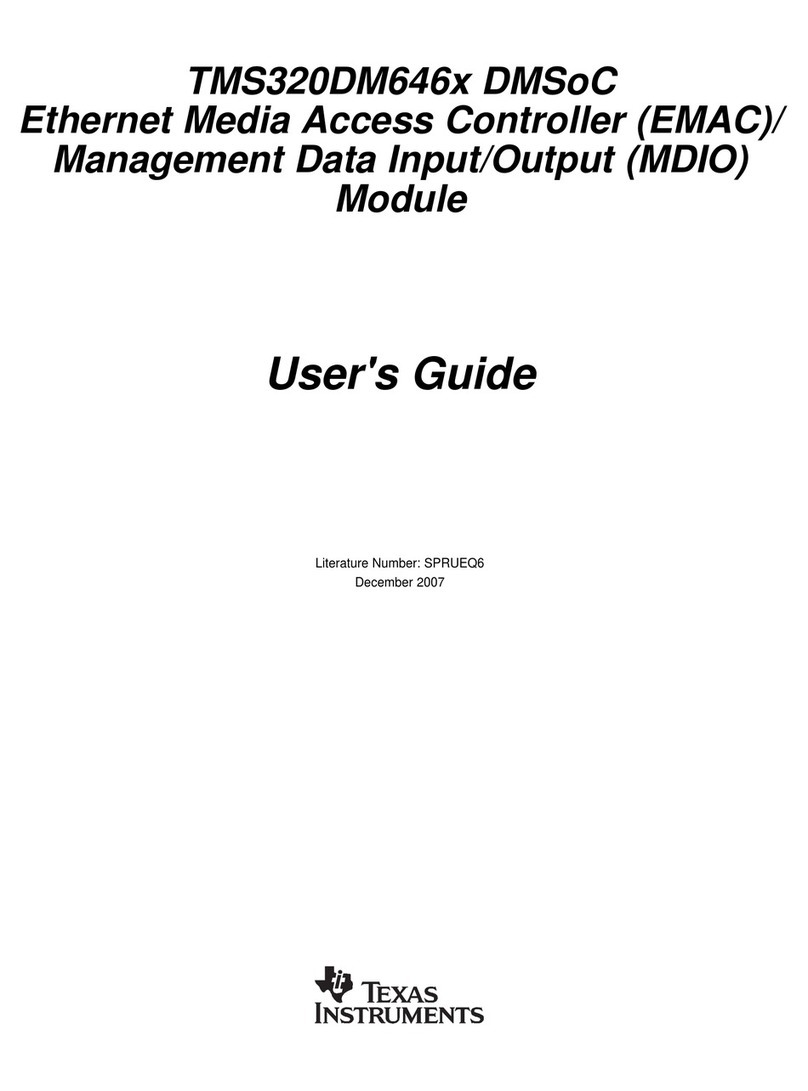
Texas Instruments
Texas Instruments TMS320DM646x User manual
Popular Computer Hardware manuals by other brands
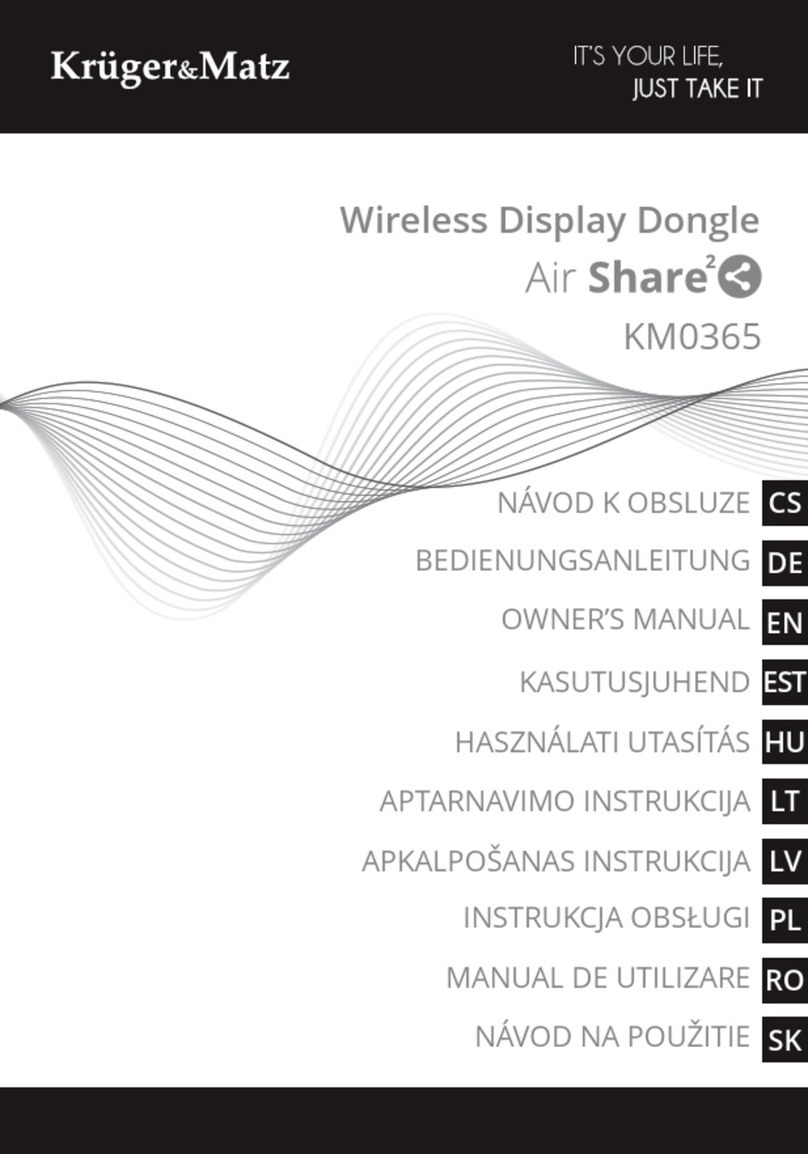
Krüger & Matz
Krüger & Matz Air Shair2 owner's manual
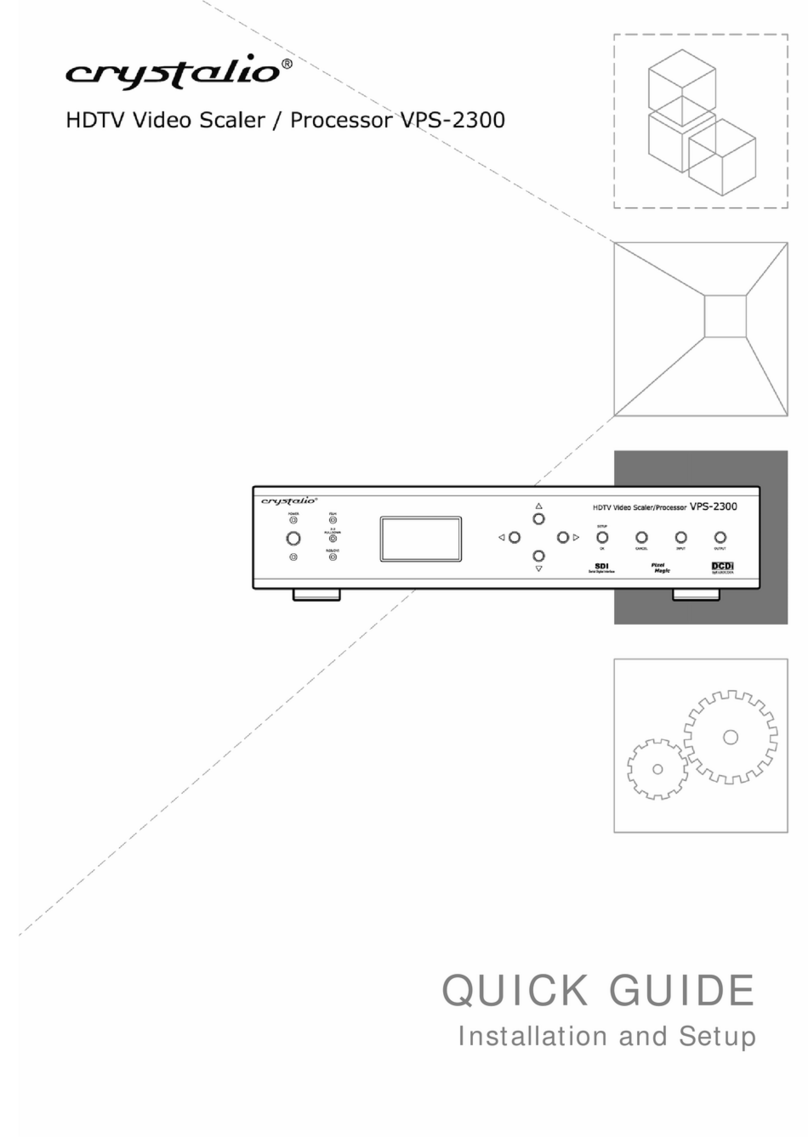
Crystalio
Crystalio VPS-2300 quick guide
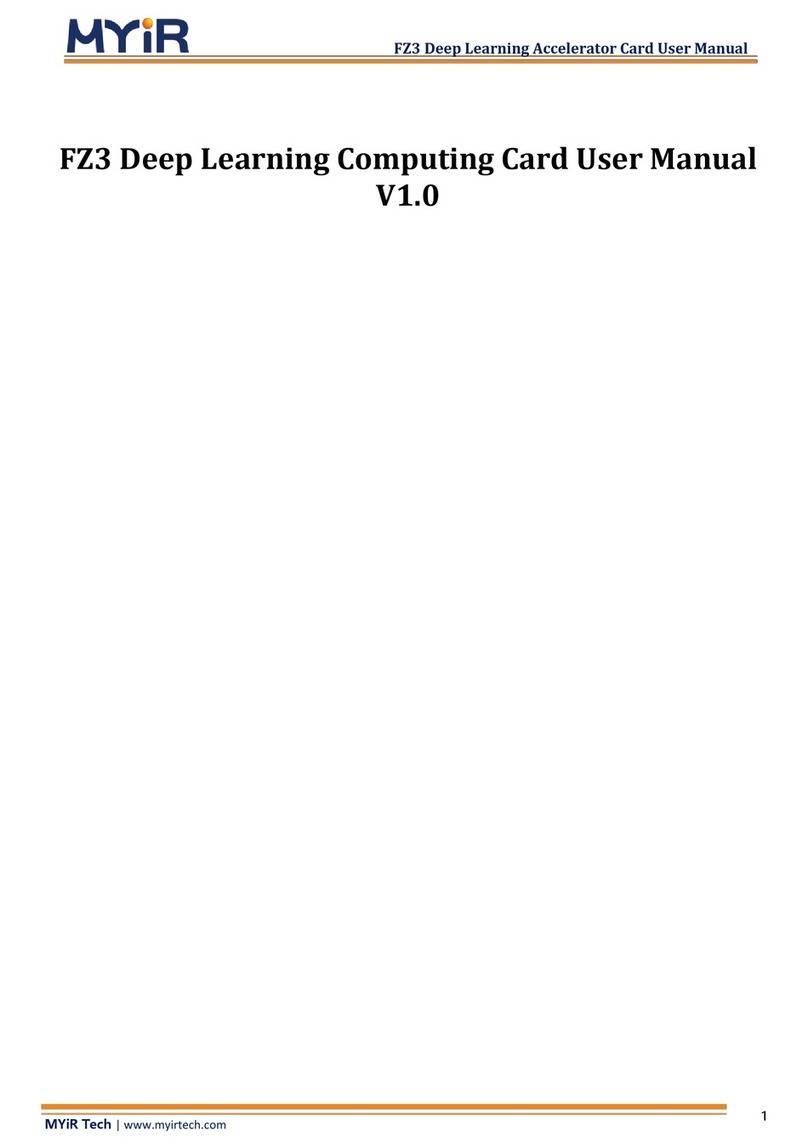
MYiR
MYiR FZ3 user manual
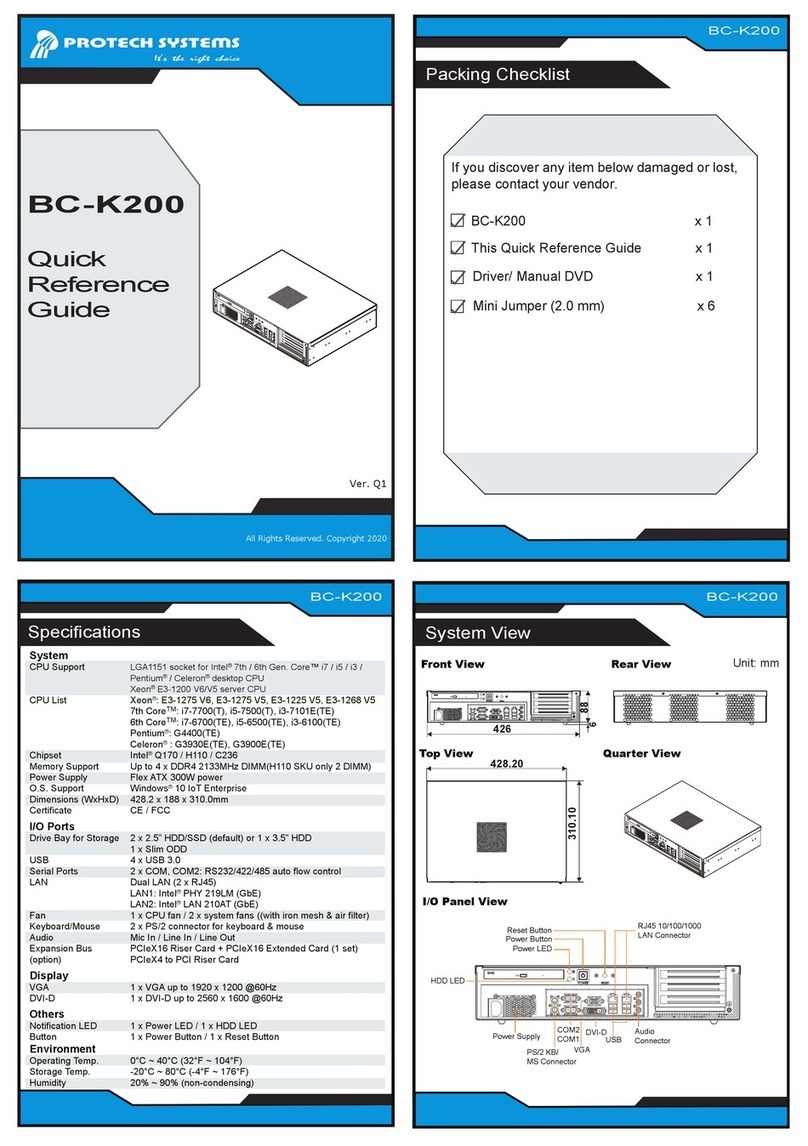
Protech Systems
Protech Systems BC-K200 Quick reference guide
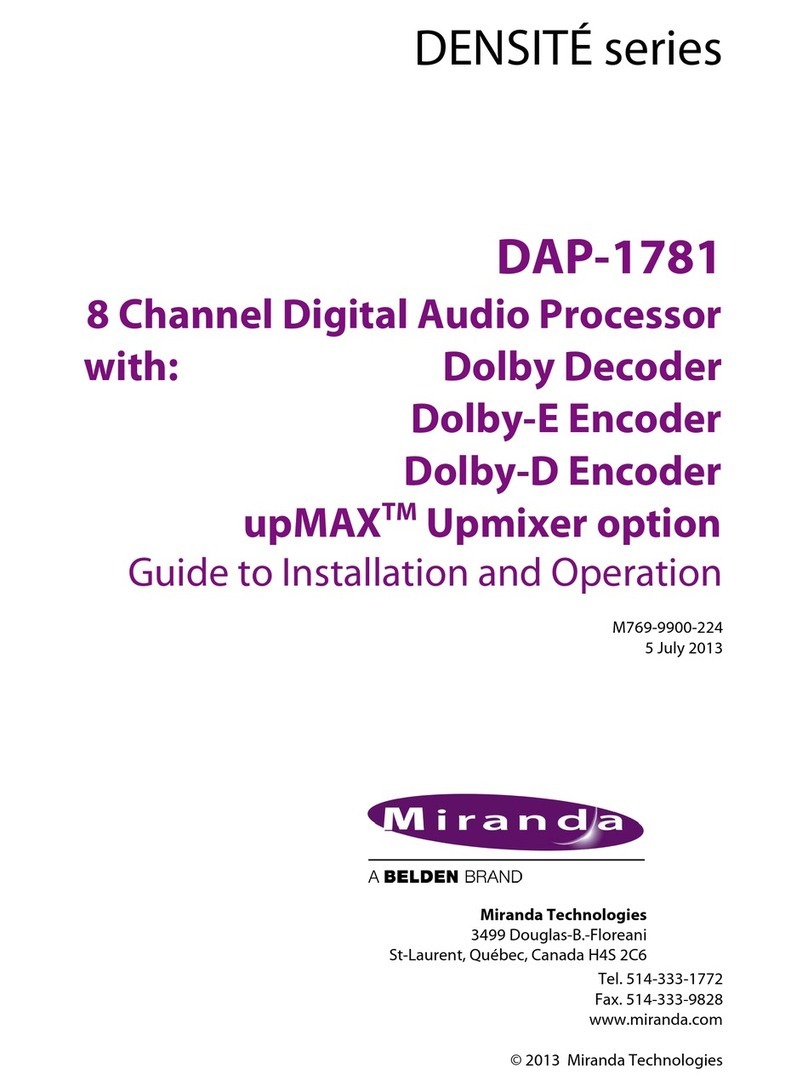
Miranda
Miranda DENSITE series DAP-1781 Guide to installation and operation

Sierra Wireless
Sierra Wireless Sierra Wireless AirCard 890 quick start guide

